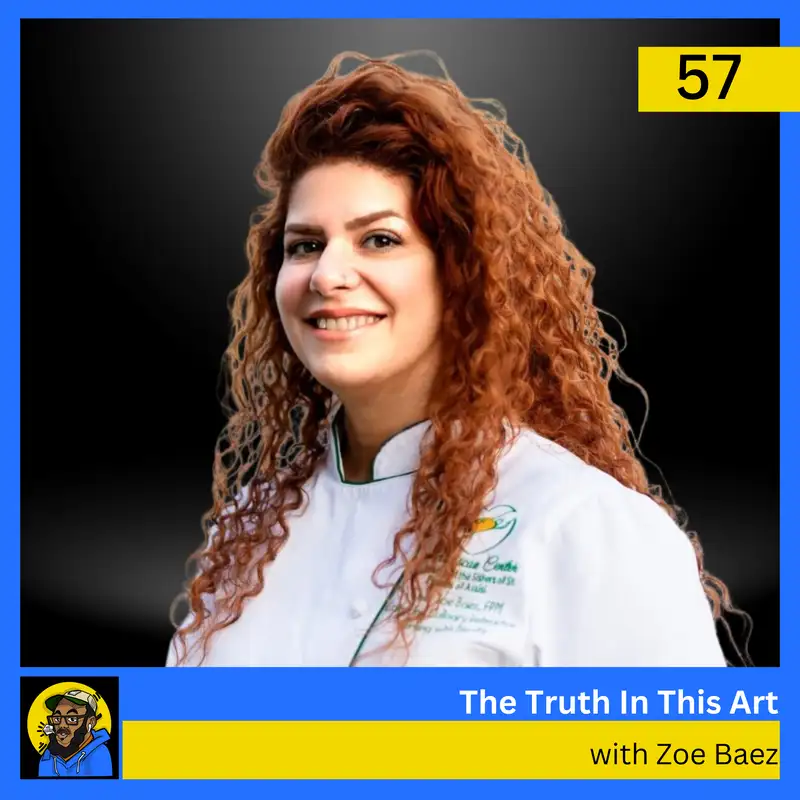All Episodes
Displaying 121 - 140 of 902 in total
The Truth In This Art: Baltimore School for the Arts Principal Rosiland Cauthen Interview
In this episode, Rob Lee chats with Roz Cauthen, Executive Director of Baltimore School for the Arts. They discuss Roz’s journey in theater arts, her commitment to div...
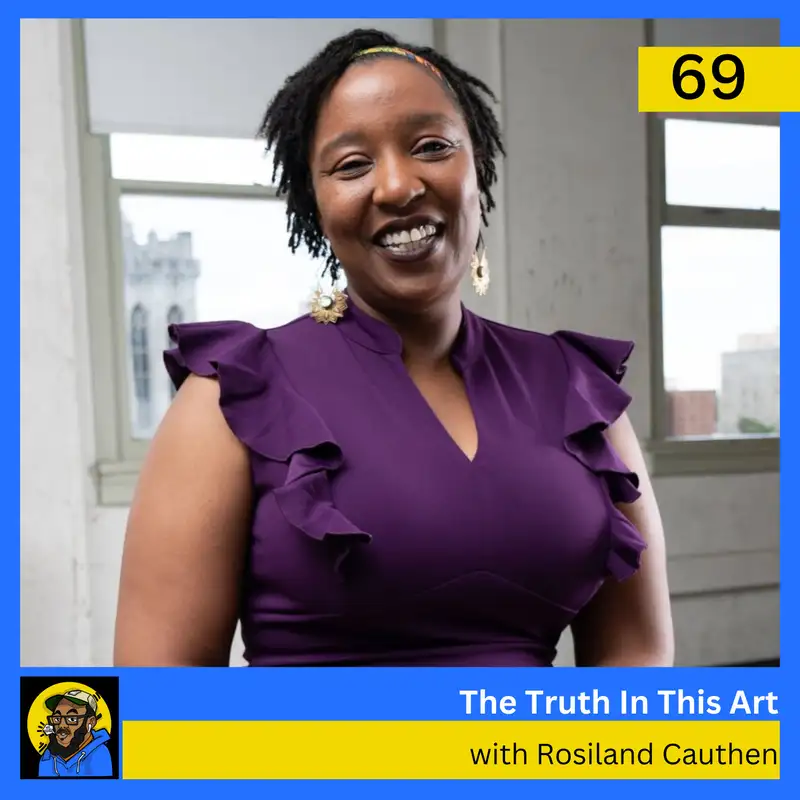
The Truth in This Art: Dancer & Choreographer Sydnie L. Mosley Interview
In this episode, host Rob Lee interviews award-winning artist and activist Sydnie L. Mosley, founder of "Sydnie L. Mosley Dances." Sydnie discusses her artistic journe...
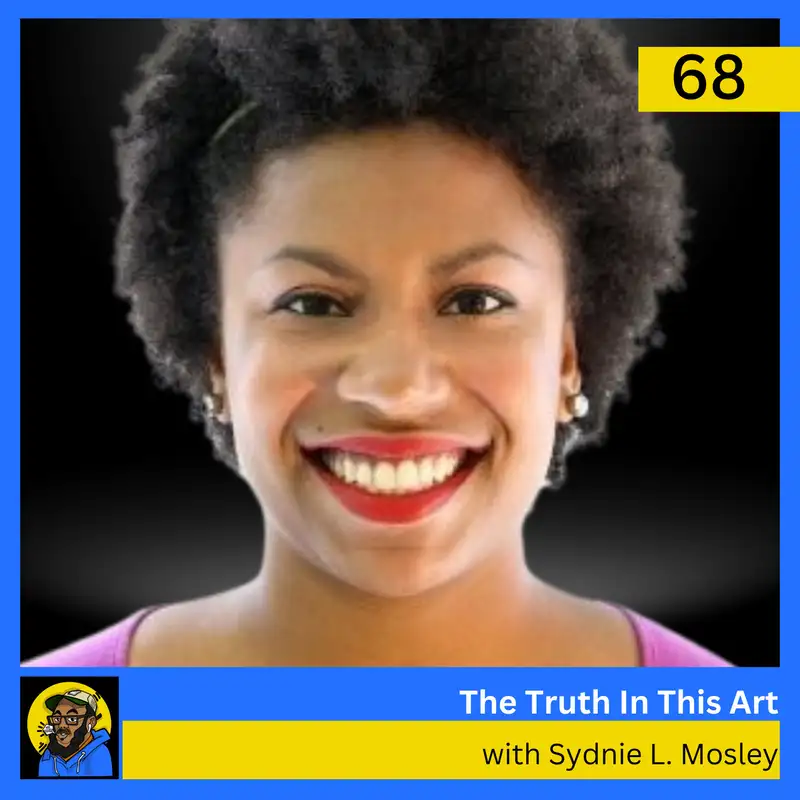
The Truth In This Art: LTYC Founder Dr. Dermell Brunson Interview
In this episode, host Rob Lee sits down with Dr. Dermell Brunson, founder and president of Leaders of Tomorrow Youth Center (LTYC), to explore the power of arts in sha...
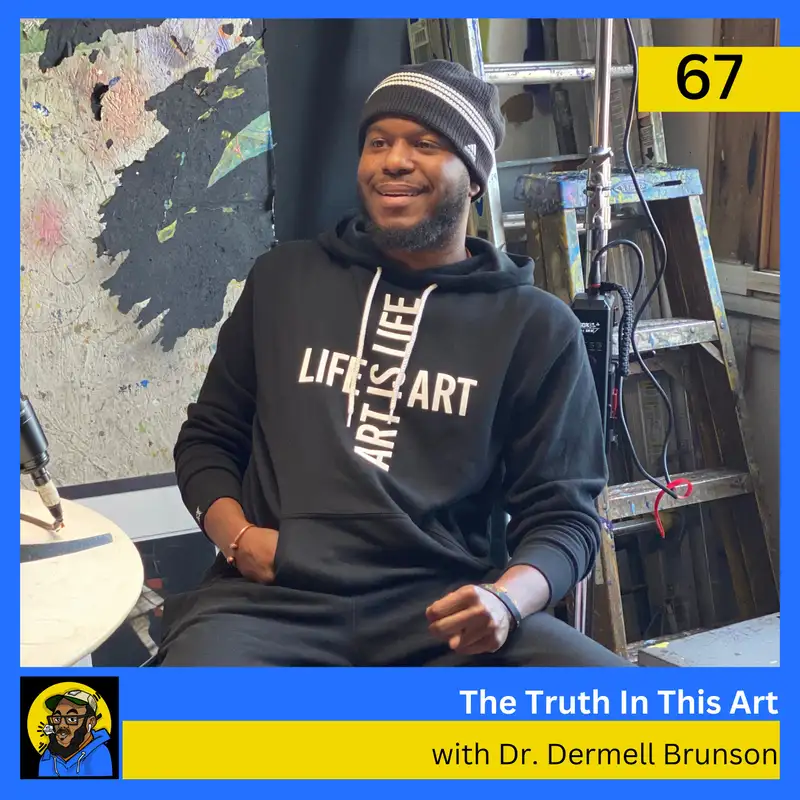
The Truth In This Art with Tufted Rug Artist Liv Aanrud
In this episode of "The Truth In This Art," host Rob Lee talks with Los Angeles-based textile artist Liv Aanrud, known for her vibrant tufted rug art pieces. Liv delve...
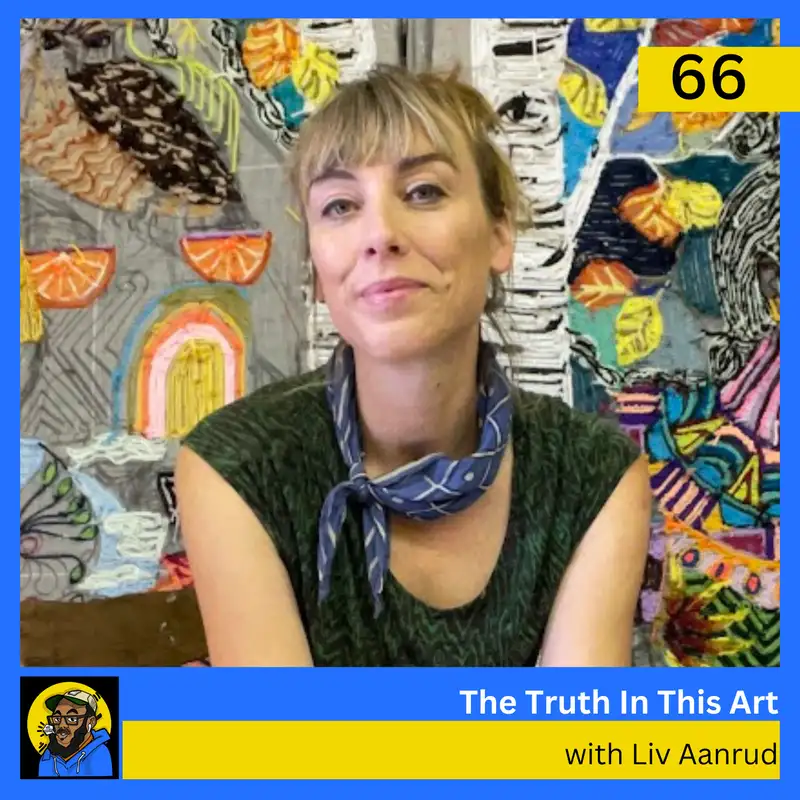
Artscape 40: John Tyler Showcases Musical Innovation on Stage
In the special "The Truth In This Art" series at Artscape 40, I speak with musician and curator John Tyler before his performance on the North of North Stage on Day 3 ...
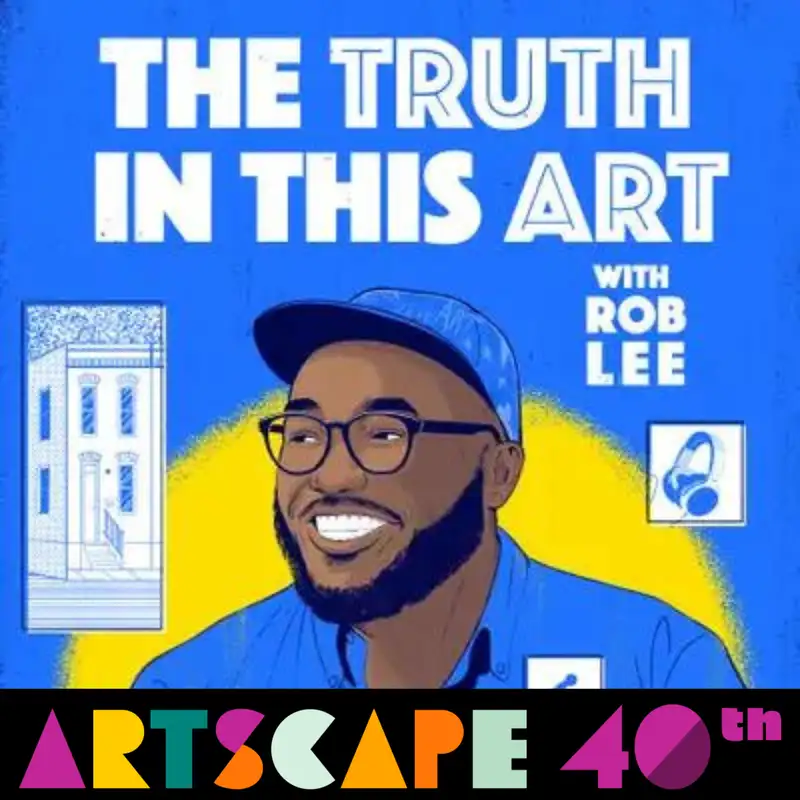
Artscape 40: Todd Marcus Discusses Jazz and Performing Live
In the special "The Truth In This Art" series at Artscape 40, I catch up with Todd Marcus moments after his performance with the Todd Marcus Quintet on Day 3 of the fe...
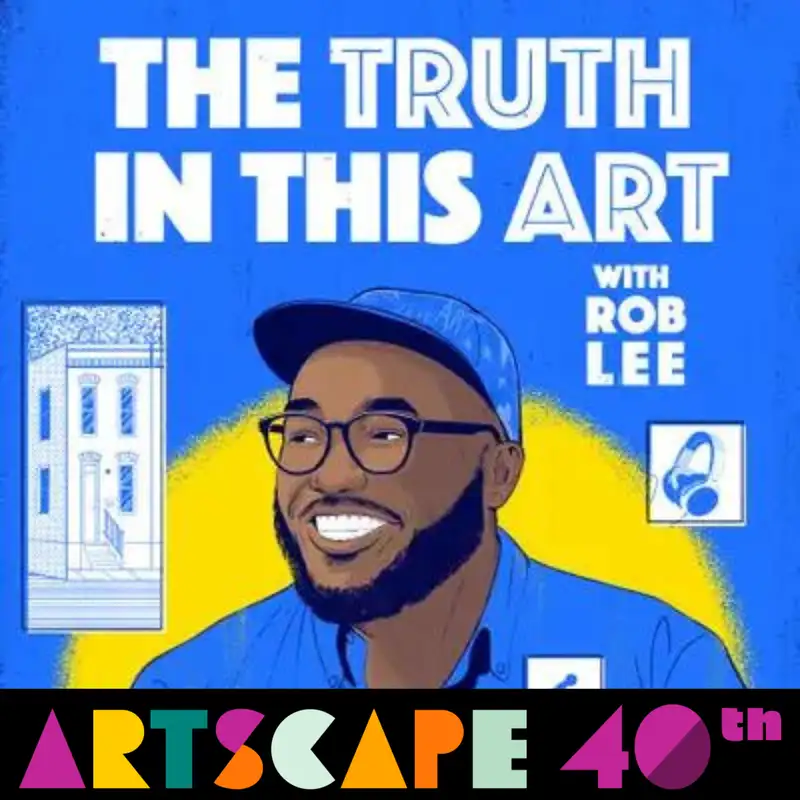
Artscape 40: Lionel Lyles II Discusses His Performance with L-Avate
In the special "The Truth In This Art" series at Artscape 40, I sit down with multi-instrumentalist Lionel Lyles II, who opened Day 2 of the festival with his band L-A...
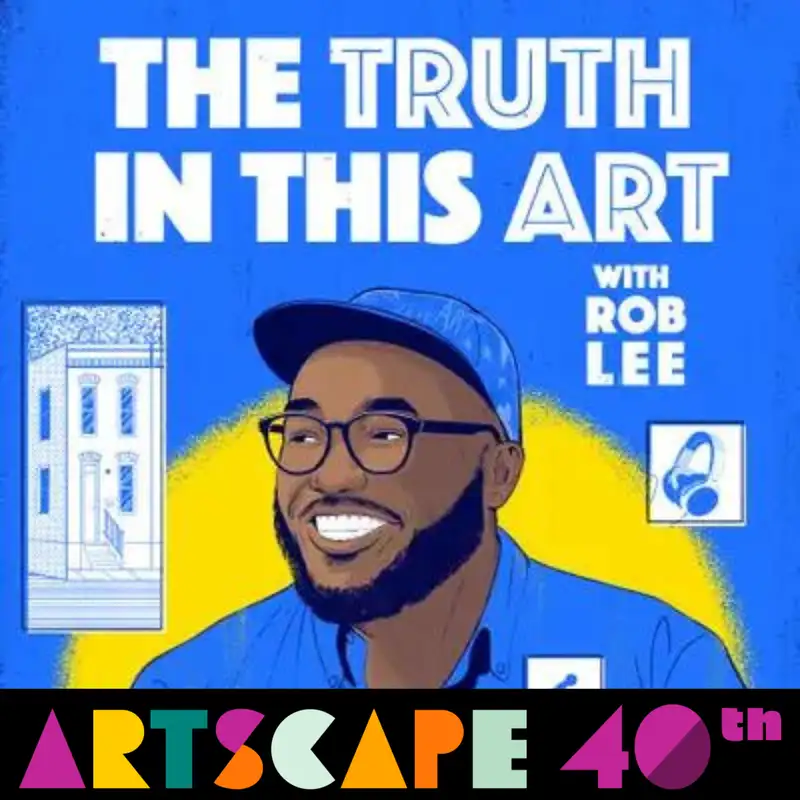
Artscape 40: Inside Soulmates with Troy Burton and Tevin Brown from Arena Players
In the special "The Truth In This Art" series at Artscape 40, I sit down with Troy Burton and Tevin Brown after their performance of Arena Players Presents SOULMATES: ...
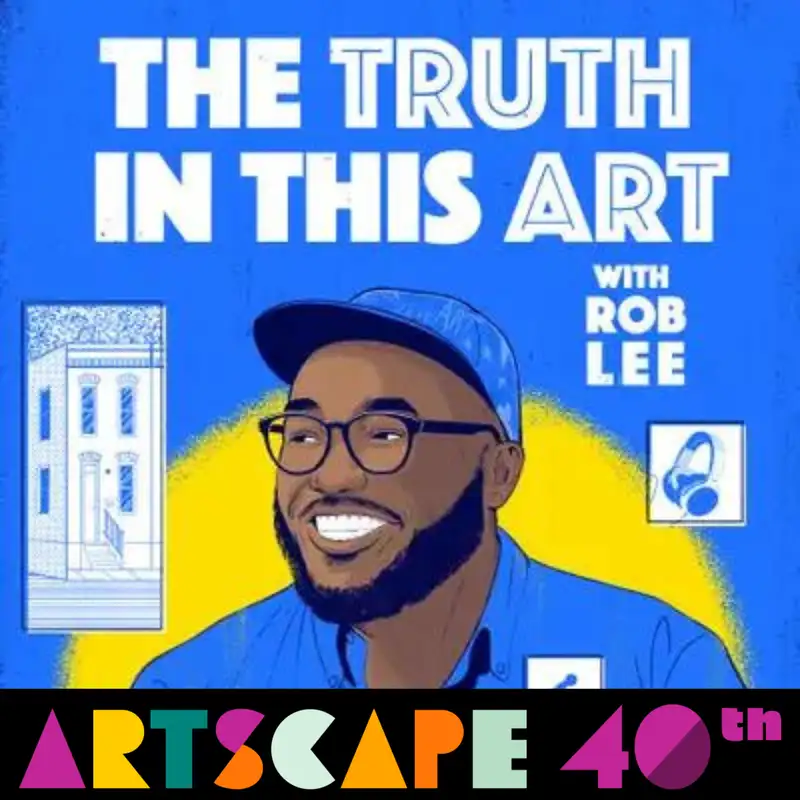
Artscape 40: Dance Legends DJ Thommy Davis & DJ Quicksilva Take the Stage
In the special "The Truth In This Art" series at Artscape 40, I present a two-part interview with DJ Thommy Davis and DJ Quicksilva during their performance on night o...
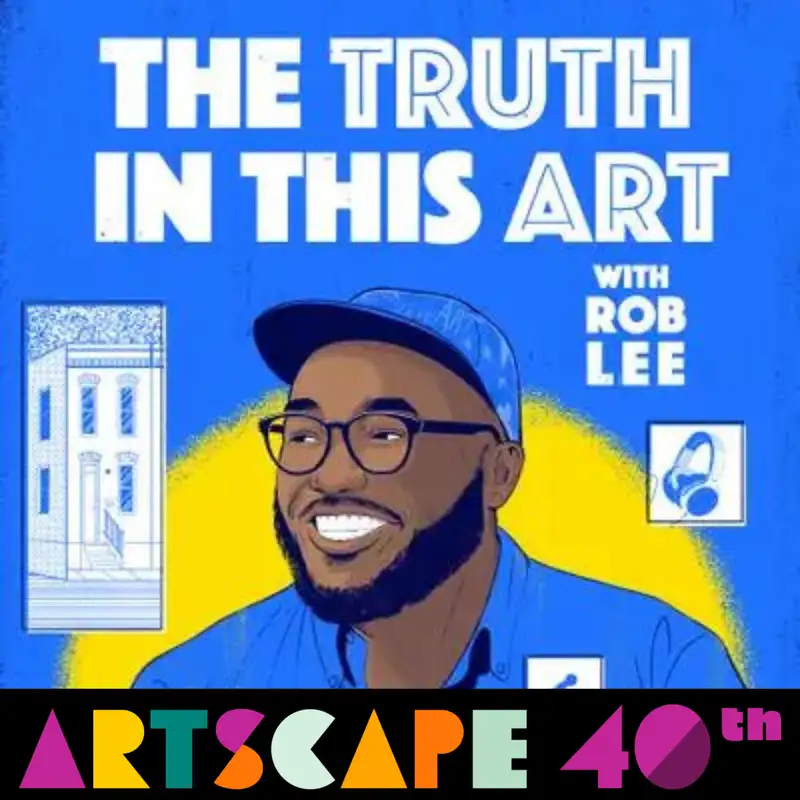
Artscape 40: LOL@Artscape with Michelle Faulkner-Forson
In the first installment of the special "The Truth In This Art" series at Artscape 40, I sit down with Michelle Faulkner-Forson to discuss LOL@Artscape. Michelle is an...
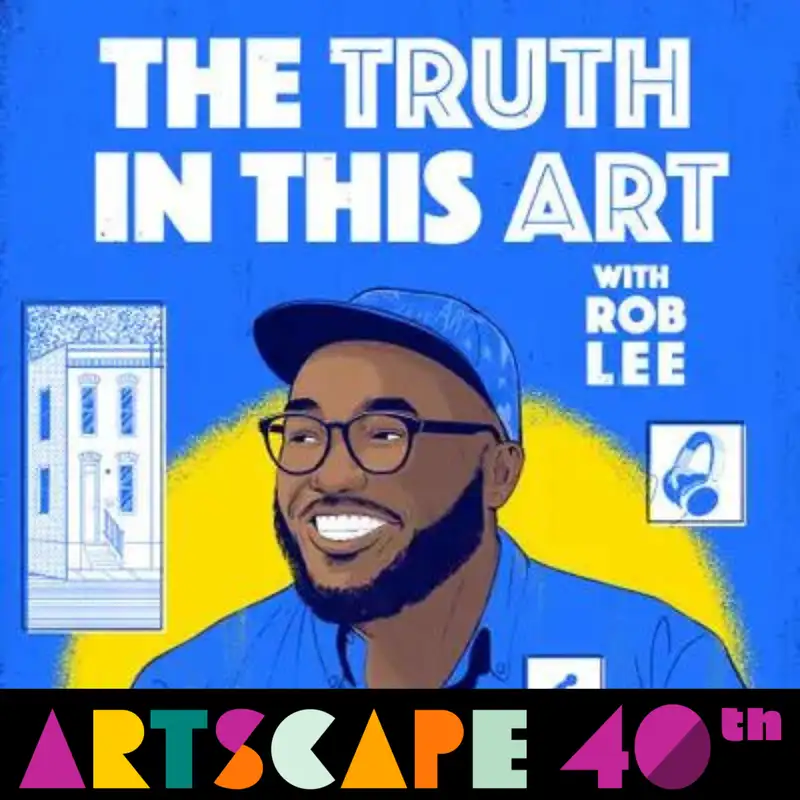
Artscape 40: The Truth In This Art Series Trailer
Join me for a special "The Truth In This Art" series at Artscape 40, where I interview incredible artists and performers who bring Baltimore's vibrant cultural flair t...
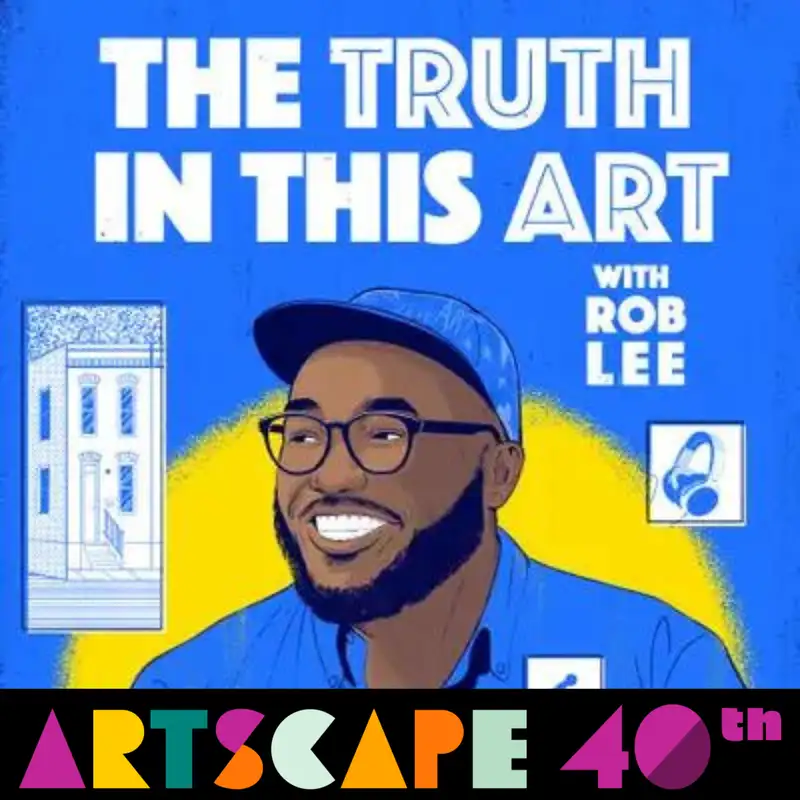
The Truth In This Art with Multidisciplinary Artist Mary Graham
Mary Graham captivated audiences as a multidisciplinary artist exploring race, identity, and community. In her interview with Rob Lee on "The Truth In This Art" podcas...
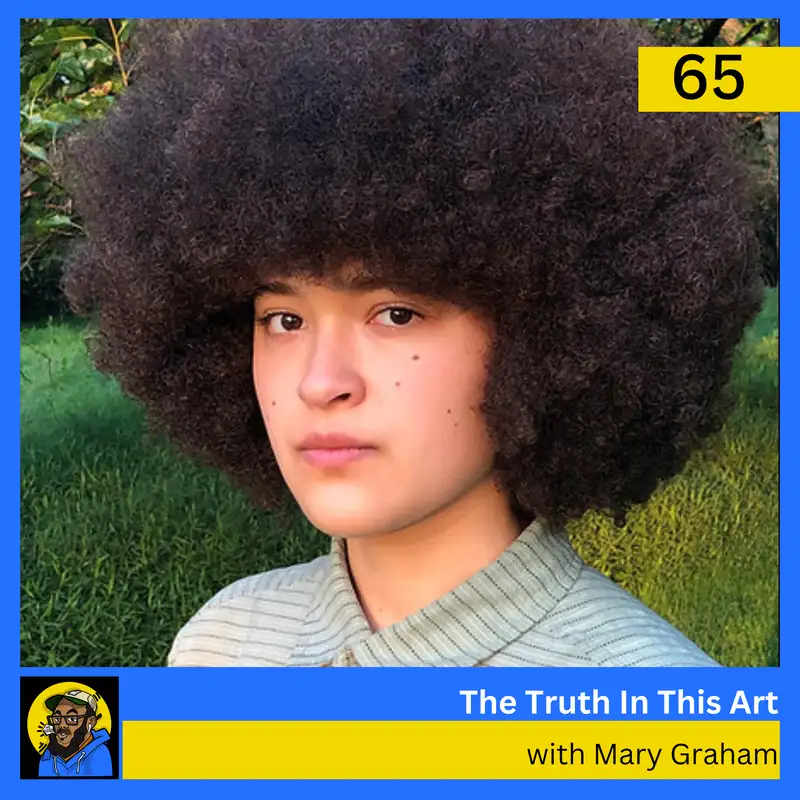
The Truth In This Art with Multidisciplinary Artist & Designer Walter Cruz
In this episode of "The Truth in This Art," host Rob Lee converses with Bronx-based artist and designer Walter Cruz. They explore Walter's artistic journey, focusing o...
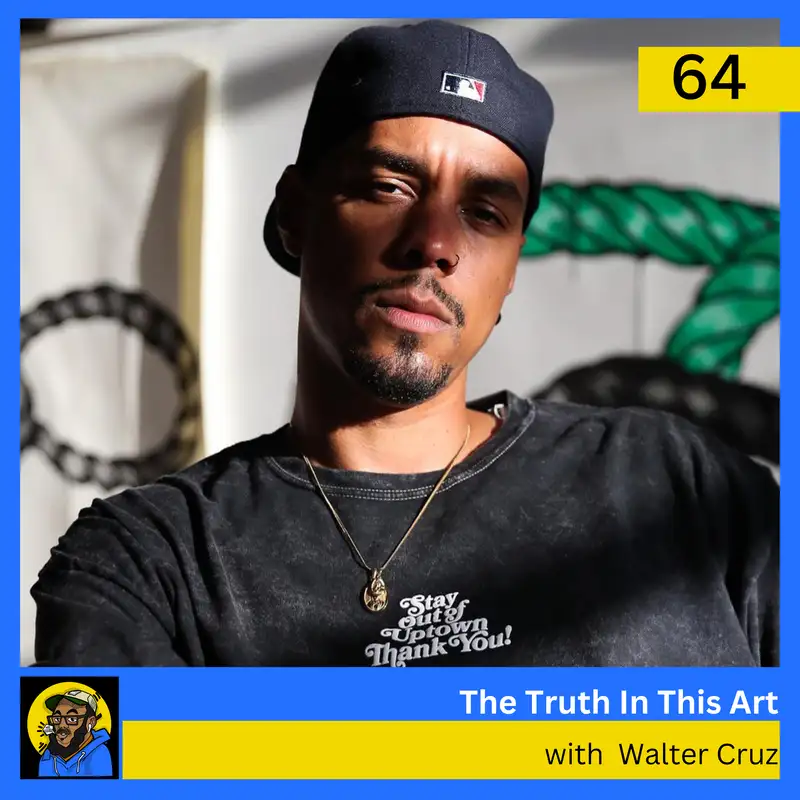
The Truth In This Art with CEO of Baltimore Office for Promotion & The Arts Rachel D. Graham
Rachel D. Graham made headlines as the CEO of the Baltimore Office for Promotion and The Arts. In her interview with Rob Lee on "The Truth In This Art" podcast, she di...
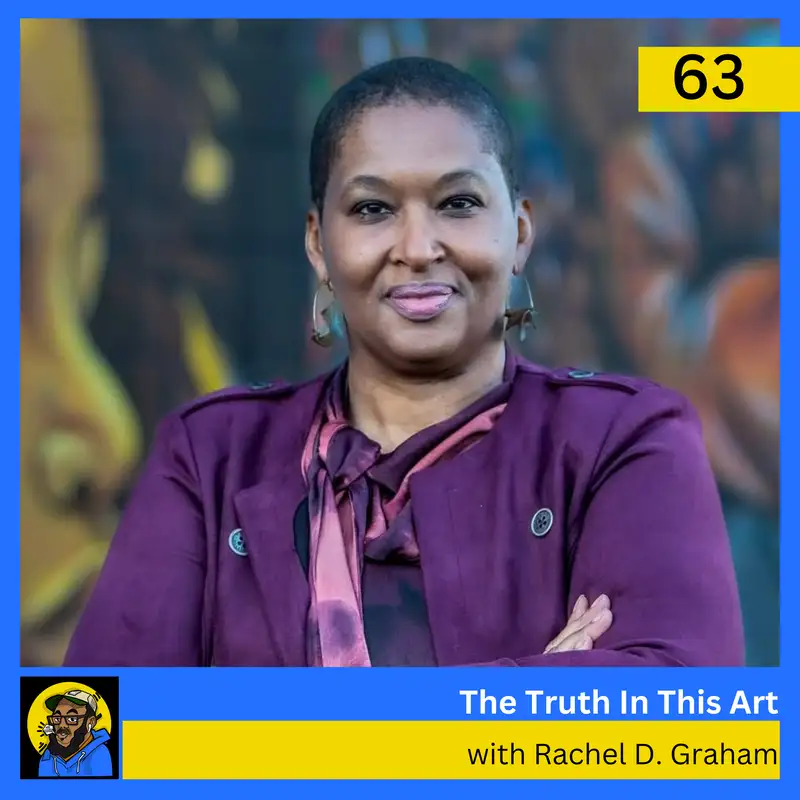
The Truth In This Art with Chef Jesse Sandlin
Jesse Sandlin, a celebrated chef and owner of several Baltimore restaurants, joins Rob Lee on "The Truth In This Art" podcast. They discuss her culinary journey, empha...
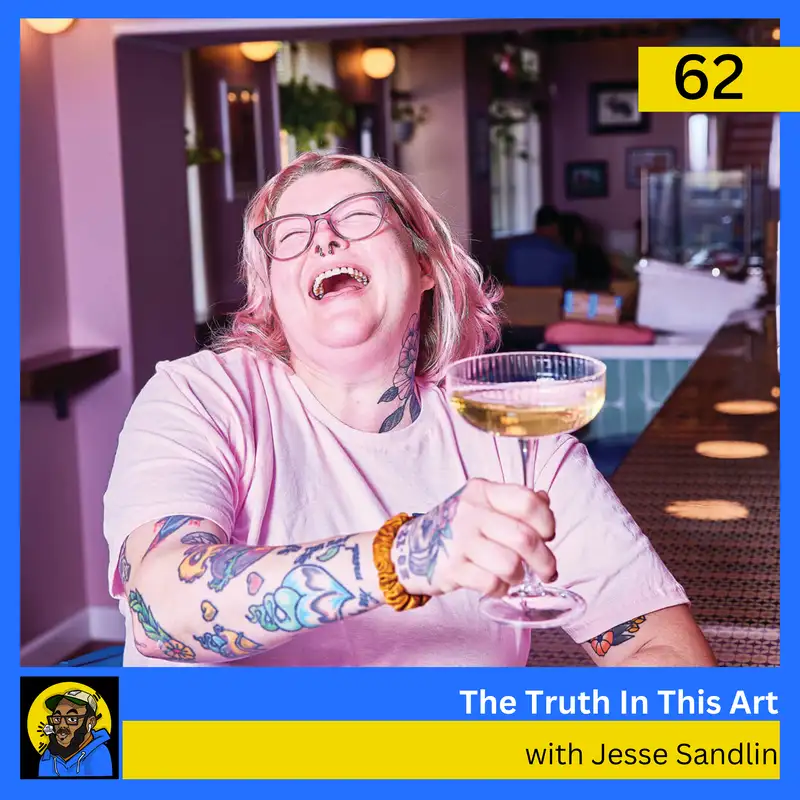
The Truth In This Art with Editorial Comic Artist Craig CM Campbell
In this episode of "The Truth in This Art," host Rob Lee interviews Craig "CM" Campbell, an editorial comic artist known for his work in Hyperallergic and The Margins....
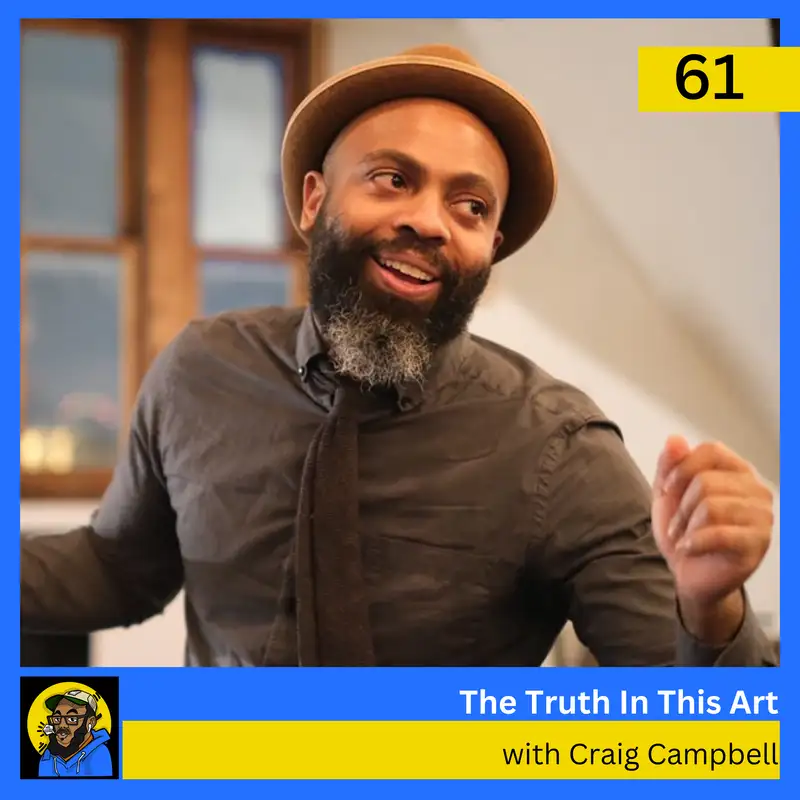
The Truth In This Art with Painter Tom Sanford
In this episode of "The Truth in This Art," host Rob Lee interviews Tom Sanford, a Harlem-based painter renowned for his "low-brow conceptual art." Tom shares his jour...
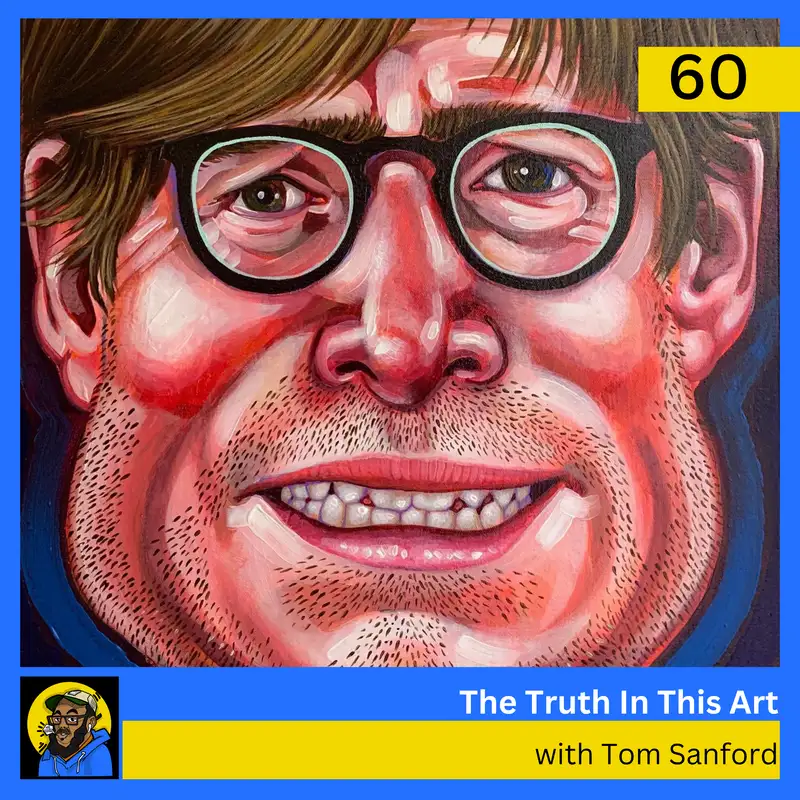
The Truth In This Art with Illustrator Justine Swindell
In this episode of "The Truth in This Art," host Rob Lee interviews Justine Swindell, a multidisciplinary artist from Washington, DC. They explore Justine's artistic j...
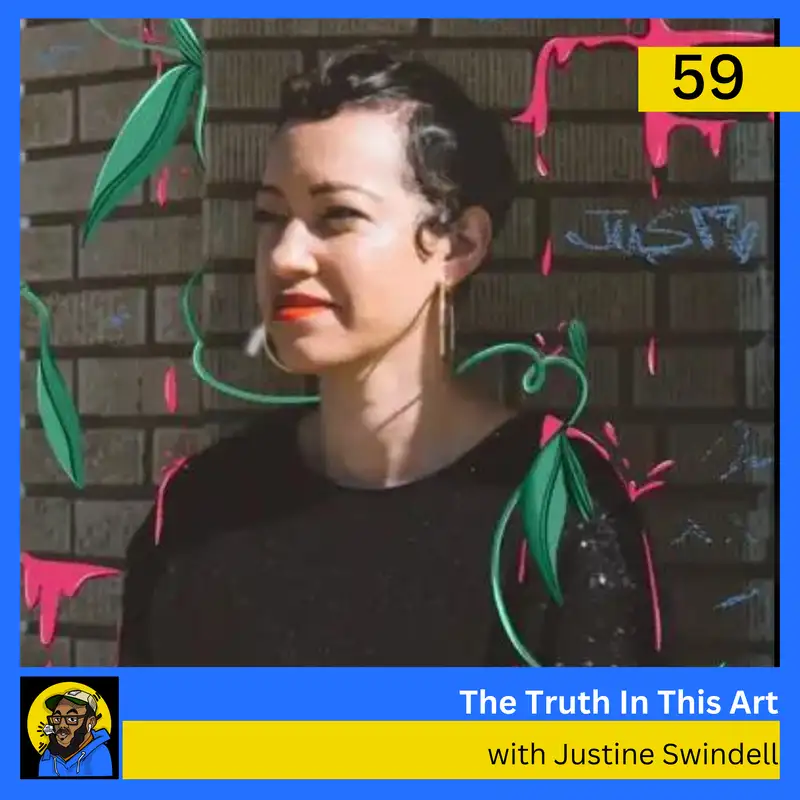
The Truth in This Art with Multimedia Artist Ebony DeGrace
In this episode of "The Truth in This Art," host Rob Lee interviews Ebony DeGrace, a visionary multimedia artist dedicated to cinematography and photography. They expl...
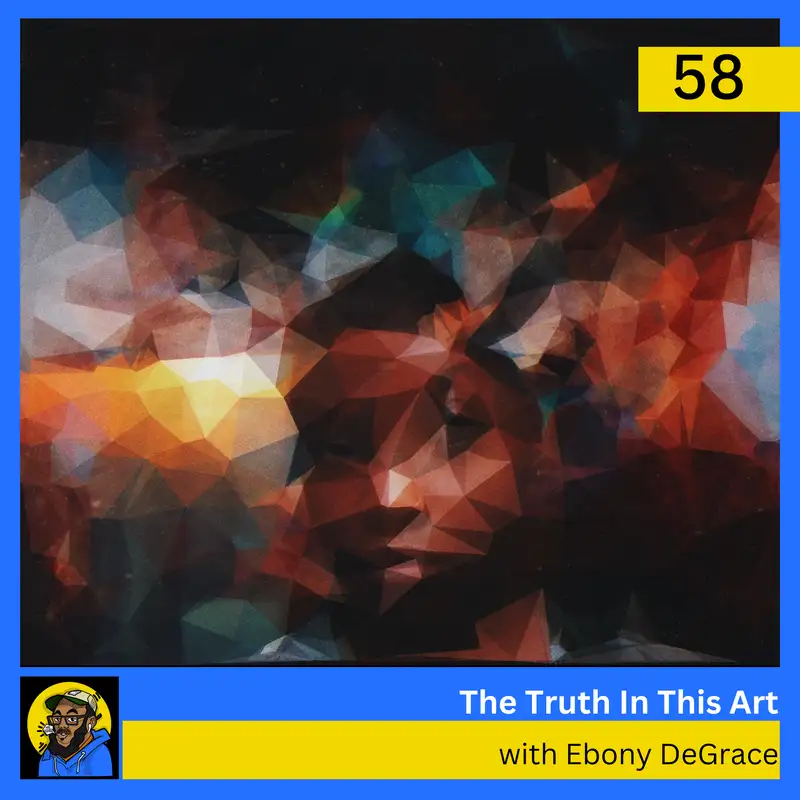
The Truth In This Art with Chef Zoe Baez
In this episode of "The Truth in This Art," host Rob Lee interviews Zoe Baez, a seasoned chef with over 15 years in the culinary industry. Zoe shares her journey from ...
